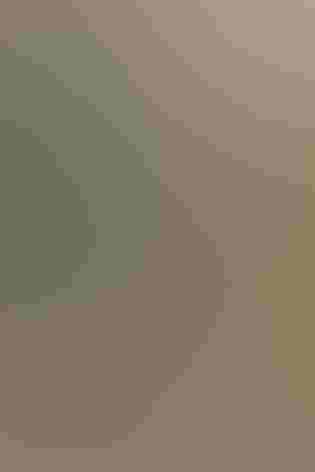Pinyon Jay
At a Glance
This odd jay, looking more like a small blue-gray crow, lives mainly in the Great Basin region of the west. Appropriately named, it feeds heavily on the seeds of pinyon pines, and its distribution is tied closely to the range of these trees. Pinyon Jays are sociable at all seasons, traveling in flocks, nesting in colonies. When on the move they fly close together, giving harsh nasal calls.
All bird guide text and rangemaps adapted from Lives of North American Birds by Kenn Kaufman© 1996, used by permission of Houghton Mifflin Harcourt Publishing Company. All rights reserved.
Category
Crows, Magpies, Jays, Perching Birds
Conservation
Vulnerable
Habitat
Arroyos and Canyons, Forests and Woodlands, Shrublands, Savannas, and Thickets
Region
California, Northwest, Plains, Rocky Mountains, Southwest, Texas
Behavior
Direct Flight, Flap/Glide, Flitter
Population
770.000
Range & Identification
Migration & Range Maps
Not truly migratory, but nomadic. May remain in one area if good cone crops are consistent, or may wander widely, especially in fall and winter.
Description
9-11 3/4" (23-30 cm). Stocky, short-tailed, spike-billed, and dull blue all over. Juvenile is grayer. Almost always in flocks. Other blue-colored jays have different shape, are paler below.
Size
About the size of a Crow, About the size of a Robin
Color
Black, Blue, Gray
Wing Shape
Fingered, Rounded
Tail Shape
Rounded, Short, Square-tipped
Songs and Calls
A high-pitched caaa, often quavering at the end and resembling a laughing haa-a-a-a.
Call Pattern
Flat, Rising
Call Type
Buzz, Rattle, Raucous, Scream, Trill
Habitat
Pinyon pines, junipers; ranges into sagebrush. Under normal conditions, seldom found far from pinyon pines in pinyon-juniper woods. At times, perhaps when the pinyon cone crop fails, flocks are seen elsewhere in streamside groves, oak woods, or other habitats.
Sign up for Audubon's newsletter to learn more about birds like the Pinyon Jay
Behavior
Eggs
4-5, sometimes 3-6. Very pale blue-green to grayish, finely dotted with brown. Incubation is by female, about 16-17 days. Male feeds female during incubation.
Young
Both parents bring food for nestlings. Young leave nest about 3 weeks after hatching.
Feeding Behavior
Does much foraging on ground, also feeds in trees, and occasionally flies out to catch insects in the air. Almost always forages in flocks. Stores many pine seeds in late summer and fall, burying caches in ground, and is able to find them and feed on them later.
Diet
Omnivorous, but especially pinyon pine seeds. Feeds heavily on seeds of pinyon pine; also eats seeds of other pines and many other plants, berries, small fruits, nuts, waste grain. Especially in summer, eats many insects, including beetles, caterpillars, and grasshoppers, also sometimes eggs and young of smaller birds. Young are fed mostly insects.
Nesting
Nests in colonies, close together but usually no more than 1-3 nests in any one tree. Breeds mostly in late winter, the adults feeding largely on stored seeds; may nest again in late summer if pinyon pines produce an exceptional seed crop. In courtship, several males may pursue one female in flight. Nest site is usually 3-20' above the ground in juniper, oak, or pinyon, sometimes much higher in other kind of pine. Nest (built by both sexes) has foundation of twigs, inner cup made of shredded bark, grass, rootlets, pine needles, animal hair. Often steals material from unattended nests of neighbors.
Climate Vulnerability
Conservation Status
Local numbers may change drastically from year to year, making it difficult to track the overall population, but surveys indicate general declines in recent decades.
Climate Threats Facing the Pinyon Jay
Choose a temperature scenario below to see which threats will affect this species as warming increases. The same climate change-driven threats that put birds at risk will affect other wildlife and people, too.







